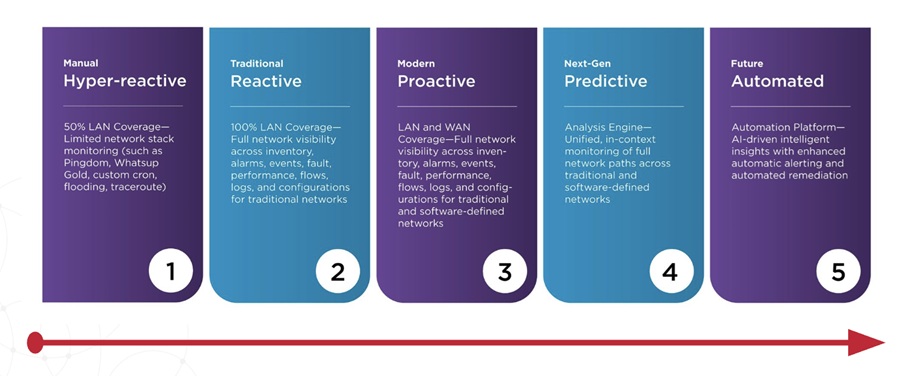
You might have heard of the phrase "canary in the coal mine," which refers to an indicator of potential danger or failure ahead. In the tech industry, these potential failures could be catastrophic, as anomalies in applications negatively impact the performance, customer experience and business outcomes. As we have seen during this digital transformation boom during the pandemic, technologists are managing more applications and data than ever before, which has led three quarters of technologists to be concerned with increased IT complexity.
Even more significant, 89% admitted to feeling under immense pressure to keep up with the churn, according to the recent AppDynamics Agents of Transformation report. It's clear that the pandemic has pushed many technologists to their breaking point. To help tackle IT burnout, tech professionals need a "canary" to help them streamline and catch the anomalies before they cause any major performance issues.
The Canary is Full-Stack Observability
Businesses have fast-tracked their digital strategies, moving toward technology like cloud computing to meet storage and speed demands. As a result, technologists have not only had to continue to manage their initial applications running the business' digital properties, but now also the new applications from the cloud. For technologists to manage the deluge of data, relieve them from the pressure of having to manually monitor each domain of the IT stack, and catch and fix issues before they disrupt business, they need to consider implementing a full-stack observability strategy.
Full-stack observability enables technologists to have visibility into the full IT estate — current and new, on-prem, hybrid and/or cloud applications — and the ability to connect performance issues or updates directly to their effect on business outcomes. Full-stack observability allows for visibility, understanding, and optimization of what happens inside and beyond architecture.
The advantage of deep business context is that it speeds digital transformation by aligning teams around shared priorities and enables technologists to act with confidence on what matters most. Instead of trying to keep up with the complex and increasing amount of data running through the business' IT stack, technologists can observe everything and understand how what they do directly relates to the bigger picture.
Save Time, Money and Energy
In addition to saving the time that would have been spent on manually monitoring everything, the overview of the IT estate that full-stack observability provides also brings opportunities to save money and energy. When you're looking at your IT stack's infrastructure, network and security domains; you can identify which applications are performing well and the criticality of having access to business context, versus those that are potentially being underutilized or not producing valuable results. This allows you to redirect your finances accordingly, so you are getting your money's worth and optimizing all your applications.
Similarly, your IT team can relocate its energy to supporting the applications that are functioning properly and identify areas where there might be room for the business' digital strategy to innovate or expand.
IT burnout is real and on the heels of the past year's events, it is clear that digital transformation will only continue to evolve going forward. Now that most organizations have had to shift to a digital strategy, they must do more in order to stay competitive, as the bar for digital experiences has increased dramatically.
Give your team the support they deserve and help your business' digital strategy expand by starting the journey with full-stack observability and letting it serve as the "canary in the coal mine," giving teams visibility, correlation back to the app, as well as user and business experience which leads them on their path for success.


